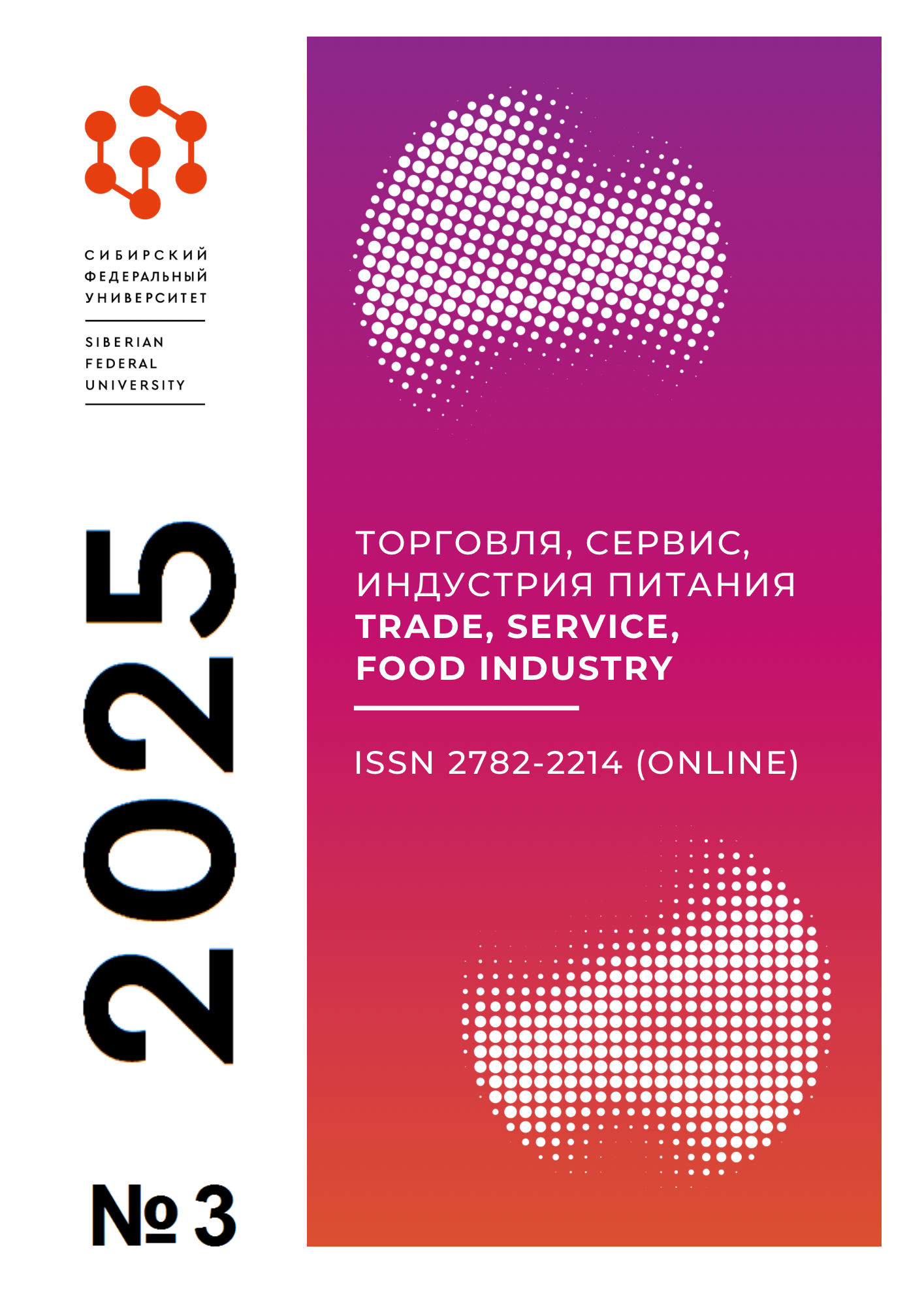Krasnoyarsk, Krasnoyarsk, Russian Federation
Krasnoyarsk, Russian Federation
Krasnoyarsk, Russian Federation
Krasnoyarsk, Russian Federation
UDC 336.74
Modern conditions of the world and Russian economy are characterized by a high degree of instability, inflation risks, transformation of payment infrastructure and active development of digital technologies. Against this background, the monetary system as one of the key elements of the macroeconomic mechanism is experiencing significant structural changes. The classical functions of money – a measure of value, means of circulation, payment, accumulation and world money – are being rethought and transformed. Digital forms of currency are becoming increasingly important, including the digital ruble project implemented by the Central Bank of the Russian Federation, as well as innovative financial instruments. This makes it relevant to scientifically analyze the degree of modification and efficiency of money's performance of its traditional functions in modern conditions, as well as to develop practical recommendations for their improvement.
concept of money, essence of money, modern economy, theory of money, digitalization of payments
1. Russia's Monetary Policy in 2022–2024: Key Trends and Challenges (2024). Analytical Center for the Government of the Russian Federation. Moscow : Analytical Center for the Government of the Russian Federation, 78.
2. Bashkatov, M. L. (2017). Adaptation of Original Theories of Money in 20th Century Civil Law. Legislation, 1, 31–41.
3. Gavrilyuk, R. V., Soboleva, A. Yu. (2017). On the Global Function of Money. Science at the Current Stage: Issues, Achievements, Innovations. Social and Economic Development in the 21st Century. Features of the Development of Modern Science: Current Issues, Discoveries and Prospects : Proc. int. scientific-practical. conf, 178–181.
4. Annual report on monetary policy in the Russian Federation (2023). E. T. Gaidar Institute for Economic Policy. Moscow: IEP, 92.
5. Inflation in the Russian Federation: information and analytical materials. Bank of Russia. Central Bank of the Russian Federation: official website. [Electronic source] URL: https://www.cbr.ru/inflation/ (Date of access: 23.04.2025).
6. Information on consumer prices and inflation in the Russian Federation (2024). Moscow: Rosstat. [Electronic source] URL: https://rosstat.gov.ru/inflation (Date of access: 23.04.2025).
7. Kudrin, A. L., Gurvich, E. T. (2021). Money circulation and inflation in Russia: problems and approaches to management. Questions of Economics, 9, 5–23.
8. Kucherov, I. I. (2018). Legal approaches to the legitimization of cryptocurrencies. Legal science and practice: Bulletin of the Nizhny Novgorod Academy of the Ministry of Internal Affairs of Russia, 2, 183–193.
9. Lunts, L. A. (1927). Money and monetary obligations: legal research. Moscow: State financial publishing house of the USSR, 131.
10. Nurtdinov, R. M. (2011). Money and money circulation. Naberezhnye Chelny: Kama Publishing House, 77.
11. Key indicators of monetary statistics. Bank of Russia. Central Bank of the Russian Federation: official website. [Electronic source] URL: https://www.cbr.ru/statistics/ (Date of access: 23.04.2025).
12. Mau, V. A. (2023). Economic policy in the context of global instability. Bulletin of the Financial University, 1, 18–29.
13. Nosanenko, G. Yu., Soboleva, A. Yu. (2017). On the functions of money. Alley of Science, 14(1), 615–619.
14. Russian Federation. On the digital ruble: Federal Law of 24.07.2023 No. 259-FZ. Official Internet portal of legal information. [Electronic source] URL: http://publication.pravo.gov.ru/ (Date of access: 23.04.2025).
15. Sabitov, N. Kh., Chistyakova, F. G. (2005). The essence and nature of money in economic theory. Finance and credit, 23(191), 9–19.








